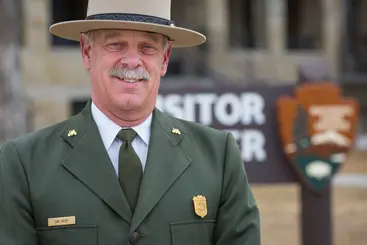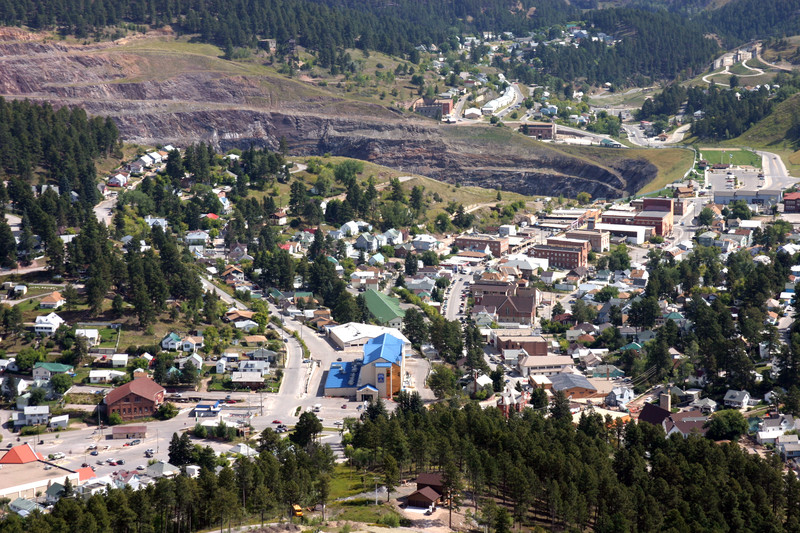WALL, S.D. – Nestled in the heart of South Dakota, Wall Drug stands as a beacon of tourism and community, attracting more than 2 million visitors annually. This historic attraction, renowned for its free ice water, 5-cent coffee, and iconic roadside signs, has become a staple for travelers from around the globe, eager to experience its unique charm.
Led by Sarah Hustead, the fourth-generation leader and vice president of Wall Drug, this thriving tourist destination embodies the spirit of South Dakota. As a state with vast landscapes and rich history, it offers visitors a glimpse into its past while embracing a multicultural workforce that sustains its operation during peak months.
Wall Drug employs around 70 dedicated year-round staff and bolsters its ranks with approximately 120 additional seasonal workers in the summer. Hustead explains, “We really count on those workers,” referring to the international employees brought in through the H-2B and J-1 visa programs. These programs are essential for managing the influx of visitors and complement the local workforce of high school students and traveling work campers.
The diversity of Wall Drug’s employees—from countries like Thailand, Kazakhstan, Mongolia, and Jamaica—creates a cultural tapestry in the small town of Wall, which is home to about 800 residents. “It’s really fun because you’re in a tiny town and it’s just a melting pot,” Hustead shares, highlighting the enriching experience brought by the seasonal workers.
However, the story of Wall Drug is part of a larger narrative that includes prominent attractions like the Badlands National Park and Mount Rushmore National Memorial. These sites, crucial to South Dakota’s tourism, face similar challenges, particularly regarding seasonal employment and housing.
Mike Pflaum, special adviser for the nonprofit Badlands National Park Conservancy, recalls his first visit to the park as a child. “That memory of going to the first overlook and going, ‘Wow!’ has stuck with me for my entire life.” With decades of service in the National Parks Service, Pflaum knows firsthand the importance of seasonal workers who become the face of these parks each year.
Attracting and housing these workers, however, remains a significant hurdle. While Wall Drug has invested in housing facilities, including a trailer court and multiple houses, the National Park Service struggles with limited housing availability for its seasonal employees, compounding the hiring challenges exacerbated by a recent hiring freeze and layoffs.
Dan Wenk, former superintendent of Mount Rushmore and now a board member of the Mount Rushmore Society, emphasizes the vital role that returning seasonal workers play. Sadly, uncertainties in employment have led many experienced workers to seek opportunities elsewhere, impacting the smooth operation of these beloved parks.
Yet, amidst these challenges, there is a strong sense of community and mutual support among South Dakota’s attractions. Local businesses, including Wall Drug, actively promote nearby sites such as the Badlands, fostering a cooperative atmosphere that benefits the entire region’s tourism economy.
As Hustead notes, “If I have a customer coming through and they’re not stopping at the Badlands, I’m like, ‘You can’t come here and not go through the Badlands!'” This collaborative spirit is crucial in drawing visitors and supporting South Dakota’s broader tourism industry.
The upcoming season finale of “South Dakota Focus,” airing on May 29, will delve deeper into these topics. The episode will discuss the impacts of hiring uncertainties and explore how the tourism industry adapts to such challenges. Viewers can watch on SDPB-TV1, YouTube, and SD.net.
For more insights and stories, visit info@sdnewswatch.org, and explore the vibrant landscape and community that make South Dakota a unique destination for travelers from all walks of life.

Dan Wenk

Sarah Hustead
